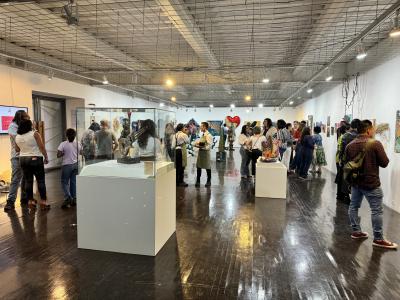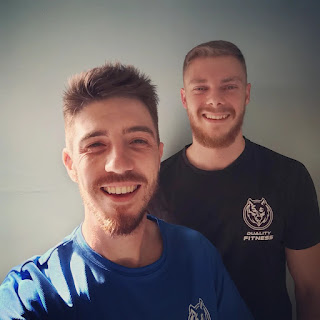Duality Fitness, in which they are partners, is just one of their business ventures. They have an interest in a coffee shop and are creating the website for Clan McCando.
It's all on hold for the present with Ron Smith away until the 15th January!
It will be interesting to hear what they have to say and I am sure it will provoke a lot of questions.
Last Week
It was a Business Meeting that created quite a lot of discussion relating to meeting changes with the Christmas and the New Year looming. Make sure you look at future events in the side bar to ensure that you are au fait with the future.
Next Week
It will be a Project Meeting. An important one as it will be necessary to look at existing projects and new ones for the coming calendar year. NGOs have lost their government funding which creates additional problems for them and more demands upon us.
International - Bosnia
Jesenko Krpo was studying architecture in Sarajevo, the capital of Bosnia and Herzegovina, when war broke out in the former Yugoslav republic in 1992. During a break in the fighting, Krpo went to stay with a cousin in Prague. The move was meant to be temporary. But the war, one of a series of ethnic conflicts that accompanied the breakup of Yugoslavia, lasted until 1995. In Bosnia, the war killed around 100,000 people and displaced more than 2 million.
It wasn’t until 1998 that Krpo returned home to his native Mostar, a city nestled in the mountains in southern Bosnia and Herzegovina known for an elegant stone bridge at its center that had spanned the Neretva River since Ottoman times. A tall, slim 55-year-old with a youthful face, Krpo saw the end of the war as an opportunity not just to return home but to help rebuild it. “Because everything is destroyed, so they will need me, my help as an engineer,” he remembers thinking.
The Rotary Club of Mostar, which includes (from left) Sinan Merzić, Zlatan Buljko, Marinko Marić, Nevzet Sefo, Martina Šoljić, and Jesenko Krpo, has members from Bosnia’s three major ethnic groups. Pictured here with the landmark Old Bridge behind them, members say they’re united by shared empathy.
He isn’t being boastful, just honest. About 70 percent of Mostar’s buildings were heavily damaged or destroyed by the fighting, including the 16th century Stari Most, or Old Bridge, which gives the city its name. The stone arch, a masterpiece of Ottoman architecture dating back to when Mostar was a Turkish garrison town, collapsed under relentless shelling.
It wasn’t just the structures that needed repair. Once known for having the most ethnically mixed marriages in the region, Mostar was now divided along the Neretva, with Bosnian Croats on one side and Bosniaks, the city’s other main ethnic group, on the other. It was the same picture across the country. The Dayton Peace Agreement that ended the war with an imperfect peace kept Bosnia intact but largely divided along ethnic lines and with a weak central government.
Amid that perpetual political stalemate, the Rotary Club of Mostar hoped to achieve what the politicians couldn’t. Chartered in 2002, it was, as far as members can tell, the first multiethnic organization to emerge from the city after the war. The six businessmen who initially organized the group included Krpo’s father. The club “was the beginning of a very positive thing for connecting people, especially in Mostar, where the city was very, very divided,” Krpo says.
One of the few remaining charter members, 70-year-old Marinko “Maka” Marić, was attracted to Rotary’s approach to peacebuilding by addressing the underlying causes of conflict. A retired economist now working in real estate, Marić says Mostar “needed such a club to be a symbol of tolerance.”
Before the war started “we were like one family,” he says. To re-create that camaraderie, it was obvious what the club’s first project should be.
Members set out to bridge the divide — literally — by helping reconstruct Stari Most. Linking two fortified towers, the bridge was long a symbol of peace and friendship and the center of the city’s life and identity. Generations of daredevils plunged over 75 feet from its ledge to the river in diving competitions. Many works of art depict the structure. It was so beloved, the community insisted on an exact replica, which was painstakingly reconstructed using stone from the same local quarry that supplied the original.
Five of the Mostar club’s 21 members at the time — including architects, civil engineers, and a city administrator — aided in the bridge’s reconstruction, which was carried out under the auspices of UNESCO.
Completed in 2004, the bridge is a symbol of reconciliation and the centerpiece of a UNESCO World Heritage Site. “This is our legacy that is still present, to unite the people,” Marić says.


.jpg)



.jpg)








